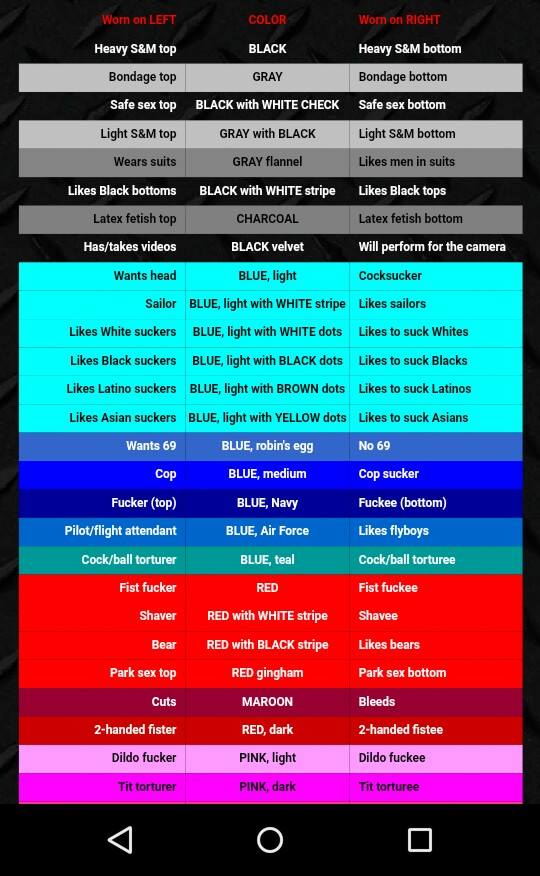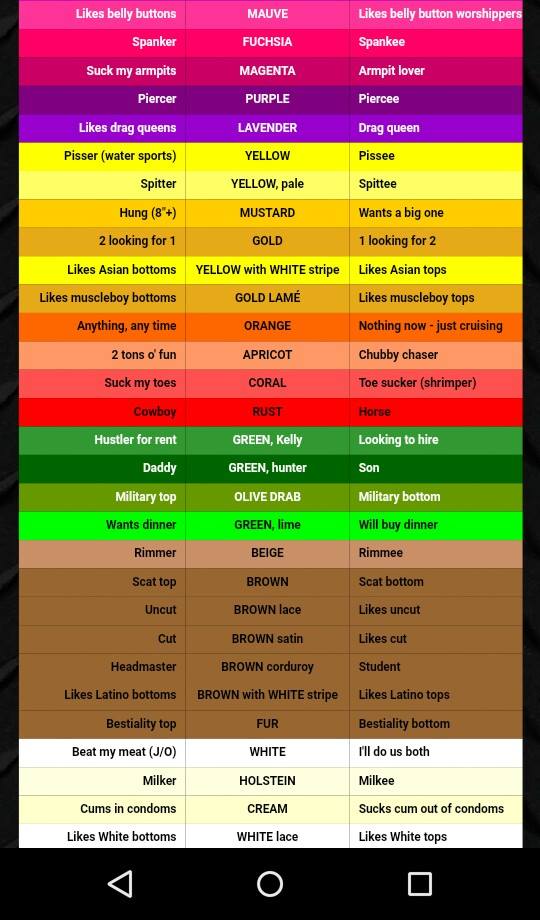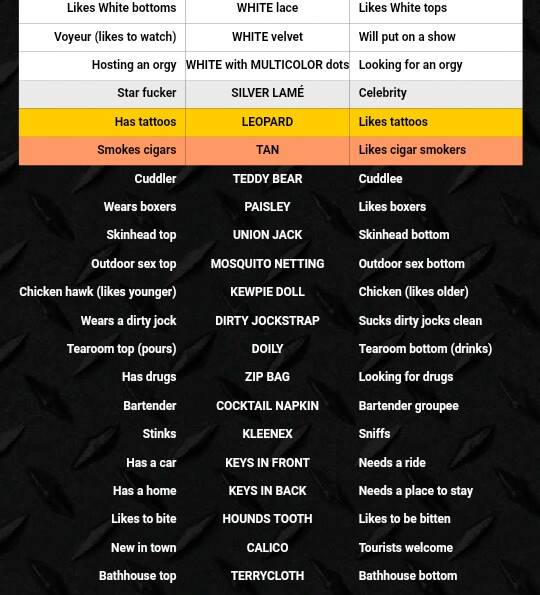ONYX Prospective Q&A
Thank you for your interest in the ONYX NY/Northeast (ONYX-NE) Chapter. Following is a list of frequently asked questions and answers to provide insight into the organization.
“What is ONYX?”
— ONYX is an organization that supports ethnic and racial diversity in the gay leather community. For over twenty-four years, the organization has worked to empower gay men of color and our allies to find support, education and growth in a safe and sane manner. We provide education about our community, safety and history to empower men of color in our community (and the larger community) to integrate these practices into their lives without shame or judgement. Additionally, we also raise funds to support charitable organizations that focus on LGBT people of color, HIV and youth organizations.
“How is ONYX NY/Northeast different than ONYX?”
— ONYX NY/Northeast is one of nine regional chapters of The Men of ONYX Inc., which is a national organization. As such, we are the regional entity of a larger, nationally-governed organization.
“When does ONYX NY/NE meet and have events?”
— ONYX NY/Northeast hosts our bar night on the second Saturday of each month at the NYC Eagle, 554 W. 28th Street, NYC, from 7pm to 10pm. To receive updates on bar nights and other ONYX Events, sign up for our email list or follow us on social media (Facebook: ONYX NY Northeast; IG: ONYX_ny_northeast). We also support other leather events, which can be local (e.g., NYC Black Pride, Folsom Street East), regional (e.g. New York Pride in June, Mr. NY Eagle and most regional leather competitions), national (e.g. ONYX Blackout, International Mr. Leather in Chicago, C.L.A.W. in Cleveland), Mid-Atlantic Leather in DC), and nationally sponsored ONYX events.
“I am a transgender person of color. Am I allowed to join ONYX as a Full Member?”
— Yes, but only if you identify as a gay or bisexual transman. Transmen and transwomen who identify as heterosexual can only join as Associate members.
“Can I join ONYX NY/Northeast if I’m a gay/bi/transgendered man of color who lives outside of the region?”
— Gay, bi or transgendered men of color who live outside of the NY/Northeast region are welcome to join as an associate member. Our Chapter area encompasses New York, New Jersey, Connecticut, and New England states.
“I don’t identify as a gay/bisexual man of color. Can I still join ONYX?”
— Yes! ONYX is an inclusive organization that supports all forms of diversity, including members that do not identify as gay, bi or transgender men of color. This group includes women of color, transwomen, Caucasians and heterosexuals. All are welcome to join the organization as “Associate Members”, who are part of the organization but do not hold voting rights or the ability to hold an office.
“Isn’t ONYX’s membership policy discriminatory against non-men of color?”
— No. ONYX provides an informational and social organization to address issues specific to people of color who choose to project the positive aspects of the leather lifestyle. To this end, we create an environment where men of color can express their thoughts and feelings openly and freely. As allies, it is important to recognize the need for these men to have an organization that supports their interests and needs. By doing so, we provide a unique contribution to the diverse array of leather BDSM, kink and fetish groups.
ONYX Membership Process
Once a person meets the membership criteria, he is eligible to become a Full Member of the organization. Anyone wishing to join as Associate Members can automatically choose to do so.
“How do pledges become full members of ONYX?”
— Anyone wishing to join ONYX starts the process as a pledge. Pledges go through a “pledge period” that lasts three to four months in which they are required to participate in ONYX events and meetings. During this process, a pledge decides if he can fully commit to being a full member. Additionally, pledges are required to learn about the history of ONYX, show dedication to ONYX, and will undergo a final evaluation by the officers of the chapter. Only by completing this process can an individual become a full member (or a full brother) of the organization.
“What does it mean to be a full member of ONYX?”
— The prerequisites for being a full member of ONYX is that you are current on your annual dues; acquire the basic uniform (blue or black jeans, leather vest and leather boots), and have an interest in the BDSM, Kink, Bear, Leather, Levi lifestyles. As an active full member, you have the privilege of attending our closed meetings where we discuss ONYX business, plan our calendar of events, etc. Additionally, you have a vote in deciding major ONYX decisions as well as deciding ONYX leadership. You will receive one large patch and a small patch as a sign of your membership.
“What are Associate Members?”
— Associate members are members of ONYX but do not have voting rights. They are still welcomed into the organization, and will receive 2 small patches as a sign of membership.
“Do ONYX members pay dues?”
— Yes. We ask full members to pay $150 and associate members $100 in annual dues to help with operating costs, etc. Both levels of membership will have up to 90 days to submit full payment of said dues.
“How much time will I have to dedicate to the organization on a monthly basis?”
— Generally, members and pledges typically dedicate six hours per month for both our bar night (four hours) and our monthly meeting (two hours). We note that these hours may vary depending on the event(s) and discussions at our meetings.
“I love ONYX, but it seems like it is too time consuming, my needs are met elsewhere, or my pledge process was not successful. Can I still be a part of ONYX?”
— Of course! Everyone is welcomed into ONYX regardless of their schedules, their needs, or if the pledge process was not successful. You are still welcome to join as an associate member.




